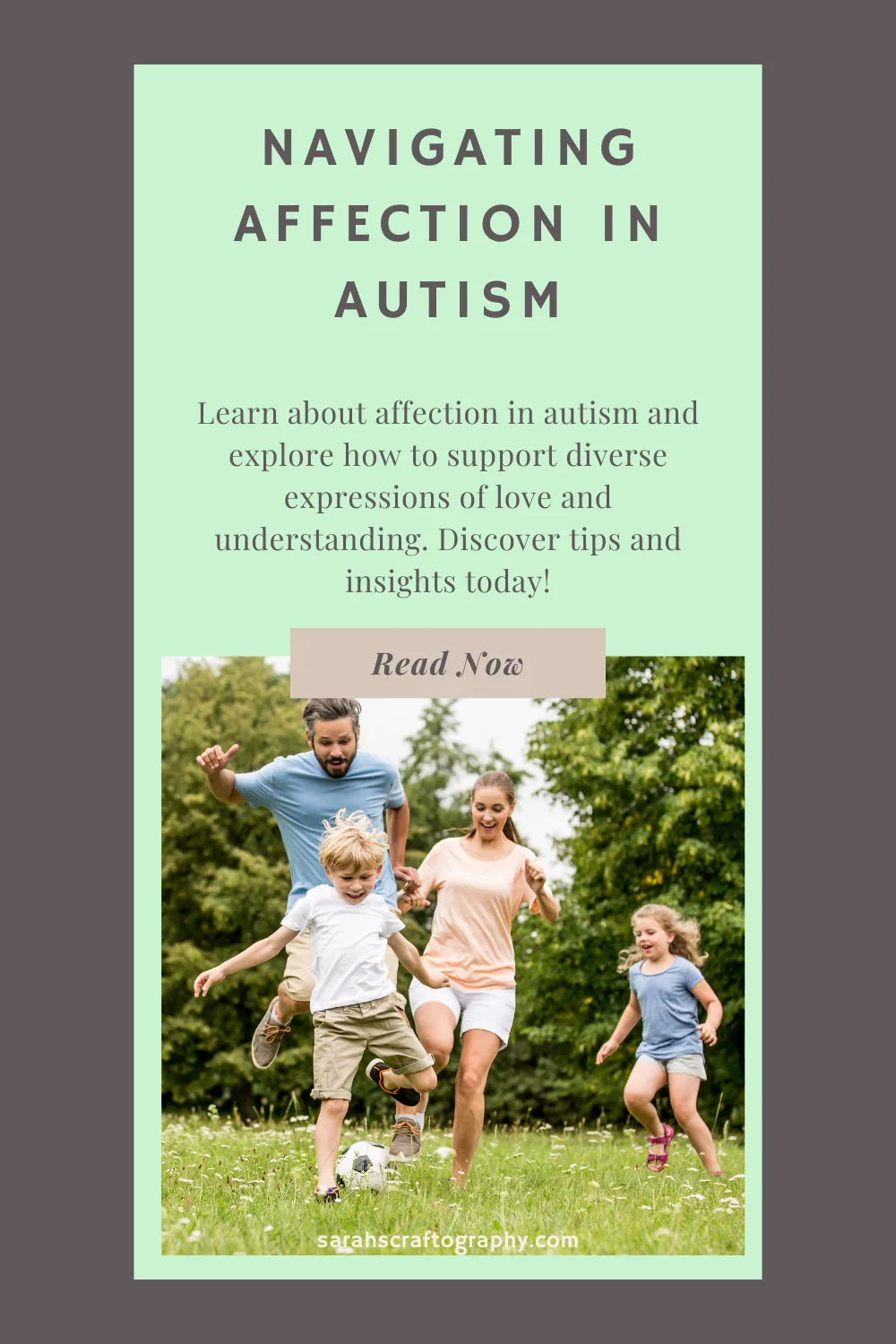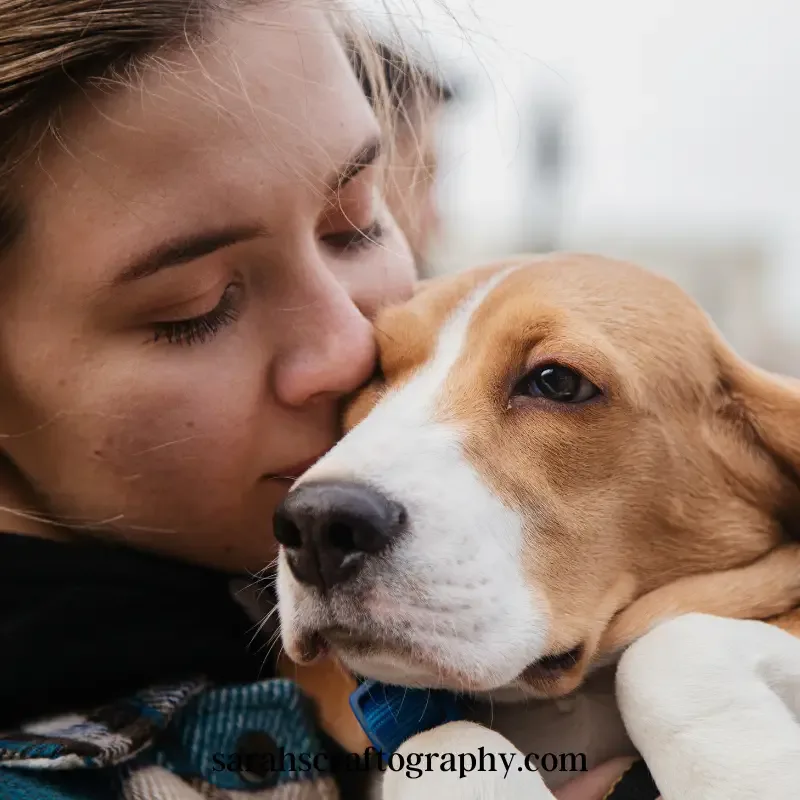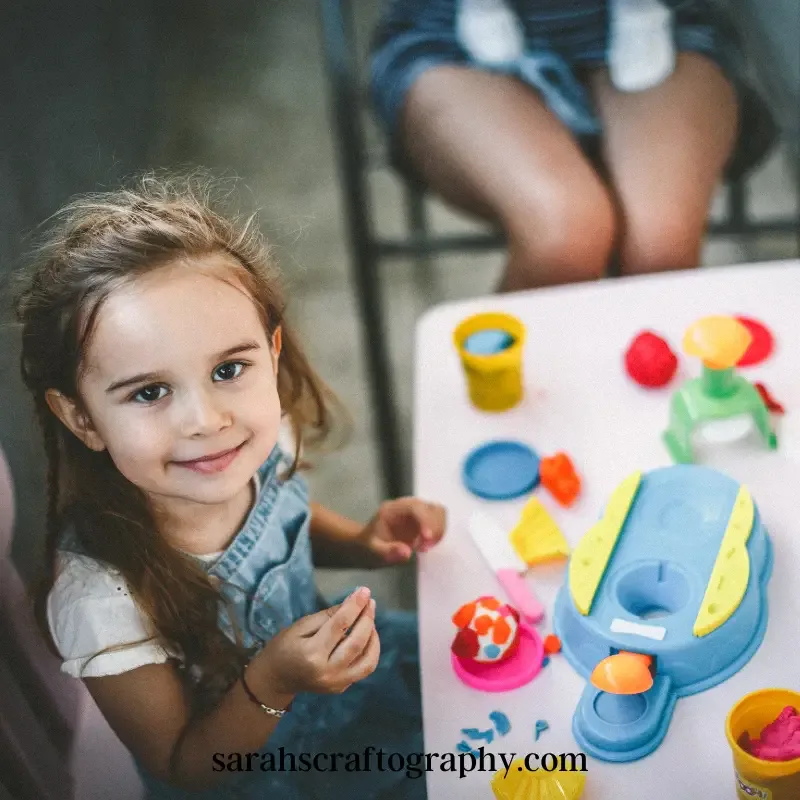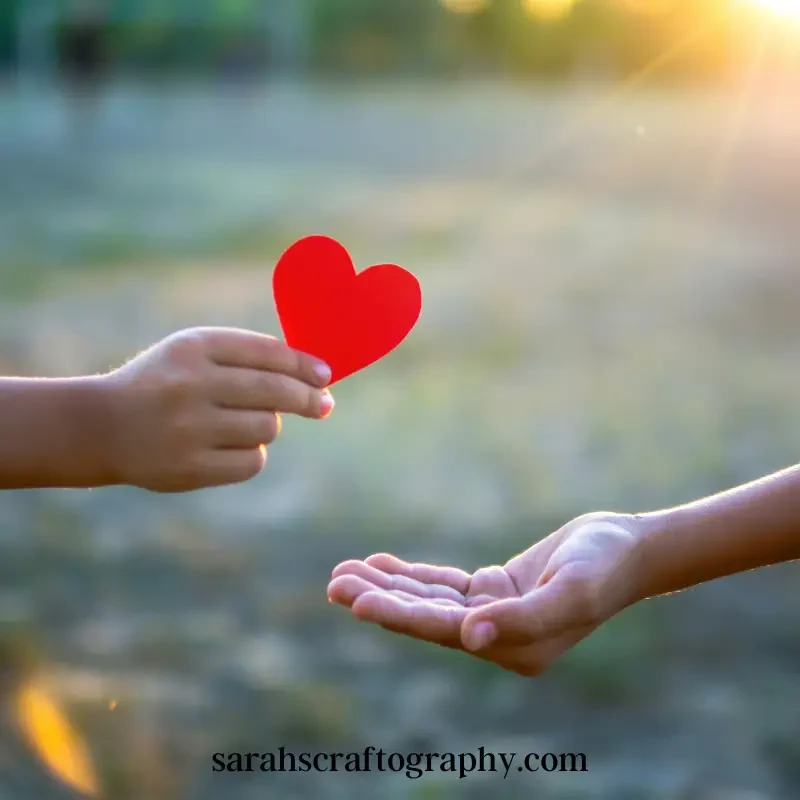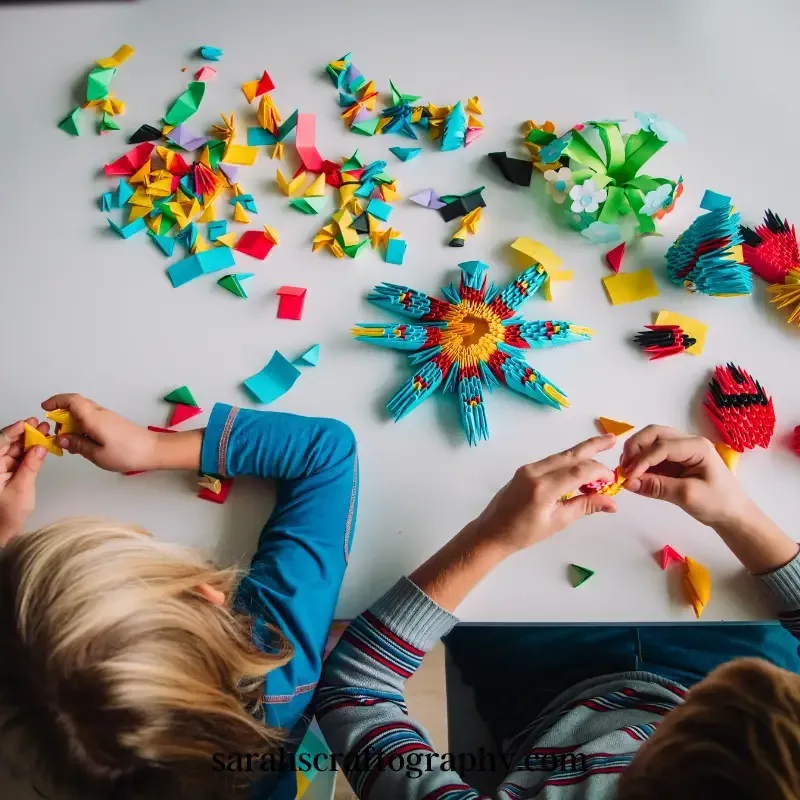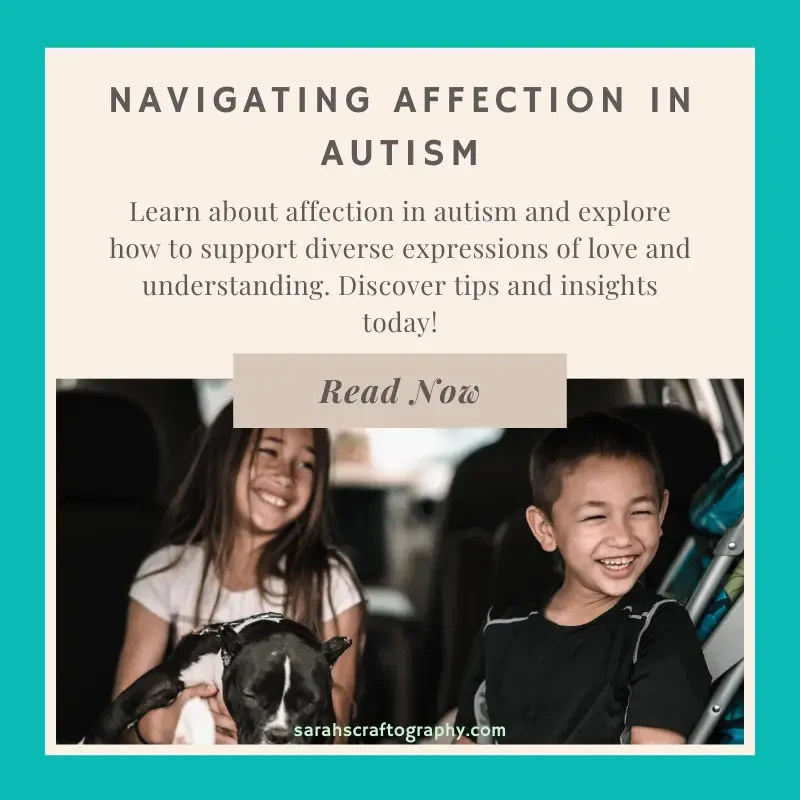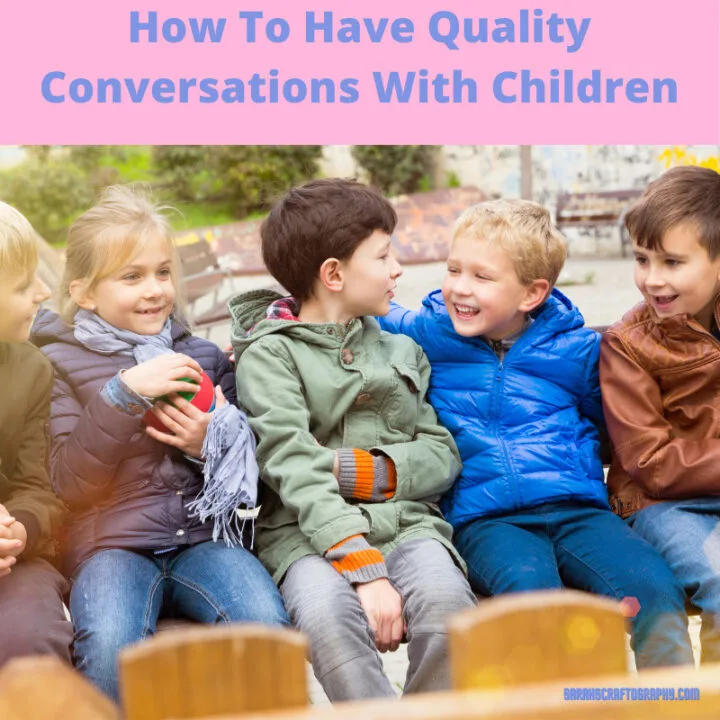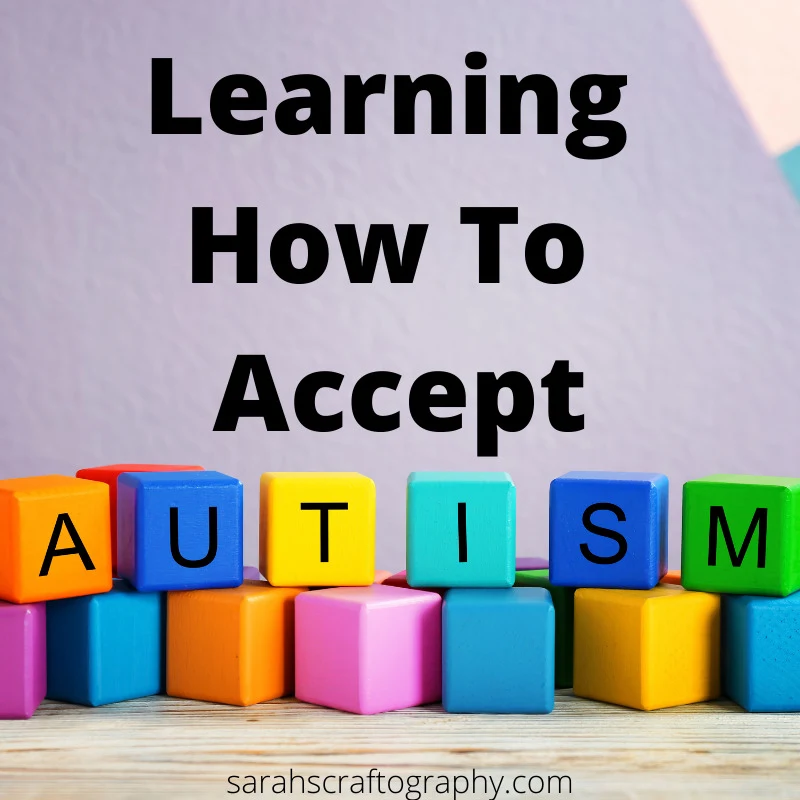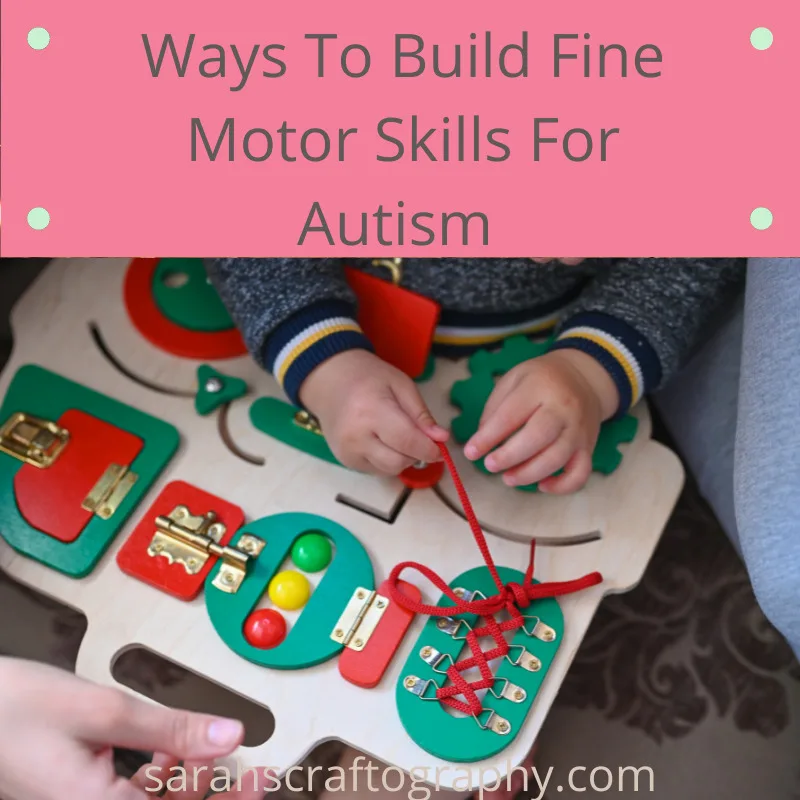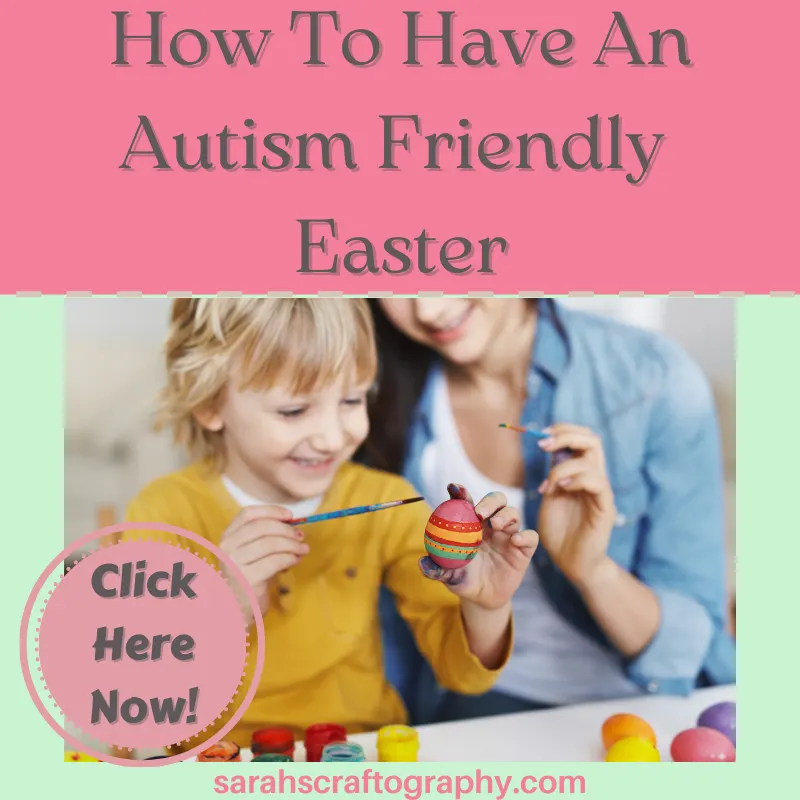Have you ever wondered how to navigate affection in autism?
Many people, including parents, teachers, and even those with autism, find themselves thinking about this.
Affection is something we all experience, but it can look different for people with autism.
It might not always be through hugs or saying "I love you."
Sometimes, it could be sitting quietly together, sharing a special interest, or having a special routine.
In this post, "Navigating Affection in Autism," we’ll uncover the unique ways individuals with autism express their love and connection.
We'll share stories and advice to help everyone better understand and appreciate these special forms of affection.
Let's kick things off!
Affection in Autism: What Does It Look Like
Let's explore how affection works in autism.
Affection with autistic individuals can look very different from what most people expect.
They see and interact with the world in unique ways, which affects how they show and receive love.
For example, my daughter has a hard time with physical touch like hugs because they can feel too intense for her.
At first, I thought she didn’t want to be close, but I learned that it was just too much for her senses.
Instead, she feels loved when we talk a lot or do quiet activities together, like playing a video game she likes.
It's also important to think about how sudden surprises might make someone with autism feel.
My daughter loves routines and knowing what to expect that helps her feel safe.
So instead of surprising her, we have a special time each week that she know to look forward to movie night.
She looks forward to it and it's our way of showing love.
Autistic people might also show love in ways that aren't obvious to others.
A friend's son rarely says "I love you," but he likes to talk about his favorite subjects for a long time or he loves to play tennis.
These are his ways of showing care and affection.
Understanding and respecting these personal ways of showing love is very important.
It helps us get along better and makes everyone feel more loved and supported.
By learning about and accepting different ways of showing affection, we help create a kinder and more understanding world.
From my own experiences, I've learned that affection in autism isn't less—it's just different.
Being open to these differences helps us see the many beautiful ways love can show up, and it makes our relationships richer and more meaningful.
Navigating Social Cues with Autism
Navigating affection and social cues in autism can be like learning a new way to communicate.
I’ve learned a lot about this from my own children, who show affection differently because of their autism.
For instance, my daughter finds it really hard to make eye contact and to be social.
At family events, she often doesn’t look directly at family members or she tries to stay to herself, which they might think means she’s not interested.
But we’ve explained that she shows her care in other ways, like sharing her artwork.
This is her special method of showing love.
A friend's son also has difficulties, especially when it comes to saying what he wants.
One day, he really wanted to play tennis with me but struggled to ask verbally.
He stood nearby, holding his tennis racket and sometimes looking over at me, but he didn't say anything.
After a while, he finally managed to blurt out, "I want to play tennis!"
It wasn't rudeness; he just found it hard to express himself with words.
You can use cue cards and also seek out a therapist to help work on these challenges.
Another challenge they encounter is called alexithymia, which makes it hard for them to understand their own feelings or explain them to others.
Using pictures that turn emotions into characters, like a stormy cloud for anger or a bright sun for happiness.
These pictures help them see feelings as something real that they can talk about.
Sharing these stories isn’t just about telling others what we go through.
It’s about helping families like ours find ways to better understand and connect with each other.
By learning to see the unique ways my kids show their love—like getting really excited to talk about their favorite subjects—we learn to appreciate these moments of connection.
By adjusting how we think and react, we can create a better environment for people with autism.
This journey is about understanding and valuing everyone’s unique way of showing affection.
Through patience and learning, we all can connect more deeply.
Tailoring Affection: Tips for Autism Families
Understanding and respecting each person's unique needs is very important when showing affection, especially for those with autism.
This journey of learning and adapting is especially meaningful for families and friends of autistic individuals.
From what I've seen and learned, it's good to find out how each person likes to show and receive love.
For example, my daughter feels most comfortable with "thank you or good job" rather than hugs.
She likes these because they don't make her feel too crowded or anxious.
Having a regular routine also helps a lot.
It makes things predictable and less stressful, which makes it easier for her to show affection.
We have a special way of saying goodbye that involves a quick by "Bye, have a good day", and she really looks forward to this.
Paying attention to different ways people show they care is also key.
My daughter might not say "I love you" a lot or give hugs, but she shows she cares by talking about things I'm working on, like my photography or my blog.
She remembers small details that others might not, which is her way of showing love.
It’s also important to respect each other's space.
In our family, we always ask before giving a hug or any other touch.
This helps everyone feel comfortable and respected.
We try to keep an open talk about feelings in our family.
We all share how our day was at the dinner table.
This makes everyone feel understood and helps us know the best ways to support each other.
For people with autism, using tools like cards with pictures of emotions can be very helpful.
They use these cards to show how they are feeling and what kind of interaction they are okay with at the moment.
Creating a caring environment that respects these personal preferences can really change the way we show love.
It helps everyone feel more connected and respected, making our relationships stronger and more loving.
Navigating Misunderstandings in Autistic Affection
Misunderstandings about how affection is shown in autism can sometimes lead to confusion and hurt feelings.
People with autism often show love in ways that others might not recognize, which can make communication tricky.
For instance, my daughter, who is autistic, rarely initiates a conversation or smiles much at school.
Her classmates thought she didn't like them or didn't want to be friends.
But actually, she feels very anxious about starting conversations and doesn’t always know the right time to smile.
She shows her friendship by always choosing seats near her preferred classmates, listening carefully to them, and remembering details about their lives.
This is her way of showing she cares and feels part of the group, even if she isn't as vocal or expressive as others.
These misunderstandings can be tough on both sides.
People with autism might feel misunderstood or left out when their ways of showing affection aren't recognized.
On the other hand, friends and classmates might feel ignored or unappreciated, not realizing the true intentions behind these actions.
It’s important for schools, workplaces, and communities to understand and appreciate these differences.
In schools, teachers can learn to recognize different ways students might express their engagement or friendship, like how some students might show interest by always being attentive or by sharing their artwork.
By discussing these experiences openly and educating others, we can help bridge the gap of misunderstanding.
We can create a more inclusive environment where everyone understands that people show affection in many different ways.
This not only brings us closer to those with autism but enriches our community with a deeper understanding of each other.


